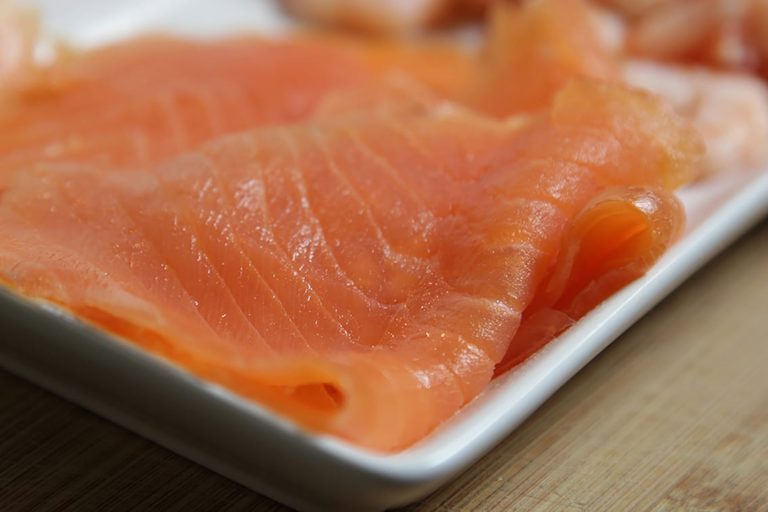After our list of vegetable types and amounts in the ketogenic diet was so well received, many of you have requested such a list for fruit as well. In the overview you will now find different types of fruit and learn how much of it you can eat in the keto diet.
So much fruit you can eat in the keto diet

You also want to #lose weight successfully and deliciously?

The table: This is how much fruit you can really eat on keto
In the left column you can see different types of fruit in alphabetical order. To the right, you can see how much (in grams) of that vegetable you can eat to reach 5 g or 10 g of carbohydrates.
In doing so, you will also directly recognize that there are varieties that are more suitable for the keto diet – for example, different berries. On the other hand, particularly carbohydrate-rich fruits are less suitable, because who enjoys 25 g of banana or 40 g of pineapple?
| 5 g carbohydrates | 10 g carbohydrates | |
| Pineapple | 40 | 81 |
| Apple | 34 | 68 |
| Apricots | 59 | 117 |
| Banana | 25 | 50 |
| Pear | 40 | 81 |
| Blueberries | 83 | 167 |
| Blackberries | 80 | 160 |
| Cantaloupe melon | 119 | 238 |
| Dates | 8 | 15 |
| Strawberries | 91 | 182 |
| Figs, fresh | 39 | 78 |
| Figs, dried | 9 | 18 |
| Pomegranate | 31 | 62 |
| Grapefruit | 68 | 135 |
| Blueberries | 83 | 167 |
| Raspberries | 104 | 208 |
| Honeydew melon | 40 | 81 |
| Currants | 105 | 209 |
| Persimmon | 31 | 63 |
| Kiwi | 55 | 110 |
| Lime | 88 | 175 |
| Mango | 40 | 80 |
| Passion fruit | 52 | 105 |
| Nashi pear | 47 | 93 |
| Nectarine | 40 | 81 |
| Orange | 61 | 121 |
| Papaya | 70 | 141 |
| Peach | 56 | 112 |
| Plums | 49 | 98 |
| Pomelo | 50 | 100 |
| Quince | 68 | 137 |
| Sour cherries | 51 | 101 |
| Gooseberries | 71 | 142 |
| Watermelon | 60 | 121 |
| Grapes, red | 33 | 66 |
| Grapes, white | 33 | 66 |
| Lemon | 161 | 323 |
Always stay up to date with our Newsletter.
Photo: shutterstock.com / Foxys Forest Manufacture
Similar posts by Foodpunk

Why cheese is addictive – The daily bite of knowledge
Many people are ready to change their diet. They are willing to try new ways and give up certain foods. Except one. Very often I hear "Yes, but... not without my cheese!"

Do you know why sleep is also important for losing weight and too little sleep is bad for you? Here we explain it to you!

In the low carb diet, you eat no more than about 100g of carbohydrates a day. Find out which foods should and shouldn't be included here!

Birch sugar (xylitol), erythritol and co – This is what I think of them
Here is a brief overview on the subject of xylitol, erythritol and other sweeteners.

Let's be clear. Does our brain need carbohydrates now? Or not?

What is actually xylitol? – The daily bite of knowledge
What can it be used for? Are there advantages? Find out here!

If you think you still need to get a loincloth and a drumstick to eat the right Paleo diet, you better check out this article!

How do ketone bodies become energy?
Ketone bodies are produced in the liver and then enter the blood. They are small and well soluble in water. This allows them to be wonderfully transported throughout the body.
